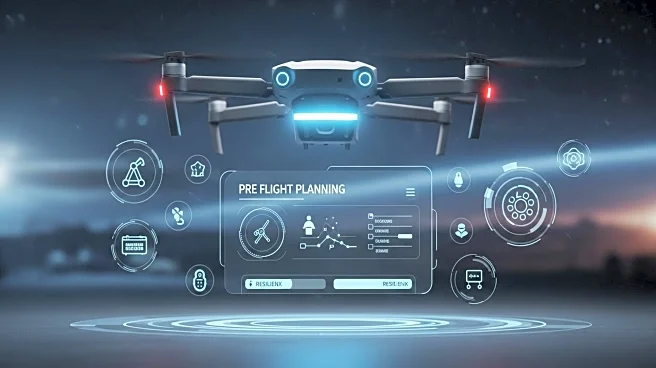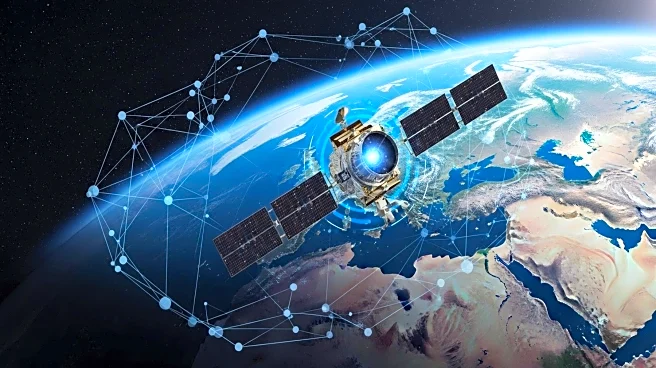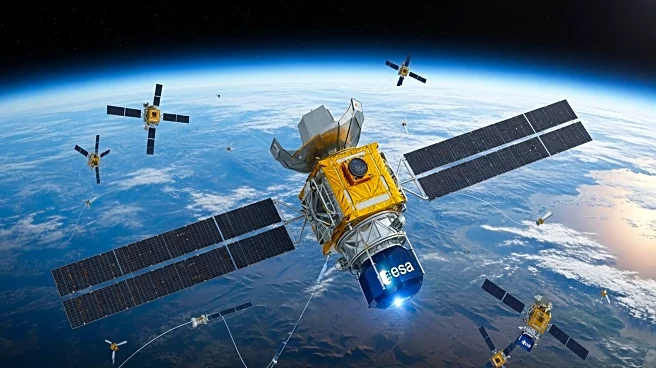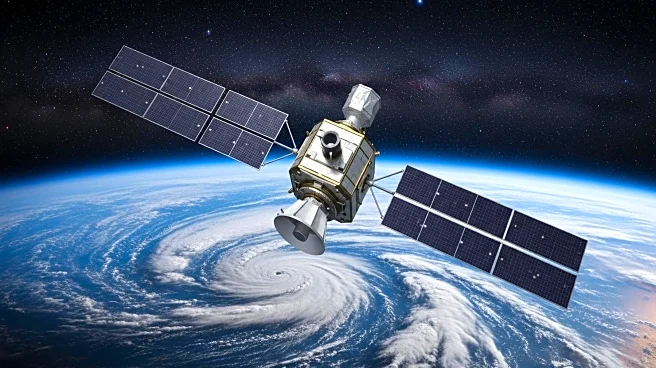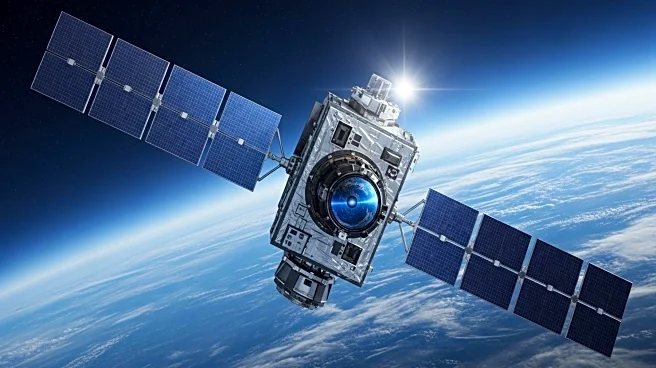Rapid Read • 8 min read
NASA's Langley Research Center is working with reinsurance companies to enhance models of hail risks using satellite data. This collaboration follows a destructive hailstorm in southern Alberta on August 20, 2025, which caused significant damage to farmland, vehicles, and infrastructure. The storm, characterized by winds up to 93 miles per hour and golf ball-sized hail, left a visible scar on the landscape, as captured by NASA's Terra and Aqua satellites. The hail damage, spanning 15 kilometers wide and 200 kilometers long, has led to substantial insured losses, adding to the billions of dollars in hail damage Alberta has experienced over the past five years.
AD
The collaboration between NASA and reinsurance companies is crucial for improving the accuracy of hail risk assessments, which can significantly impact insurance claims and financial planning in regions prone to severe weather. By utilizing satellite data, scientists can provide more consistent and reliable information on storm distribution and frequency, aiding the insurance industry and researchers in understanding and mitigating hail-related risks. This initiative not only supports the financial sector but also helps farmers and communities better prepare for and recover from such natural disasters.
As the collaboration progresses, it is expected that improved hail risk models will lead to more precise insurance policies and better disaster preparedness strategies. Stakeholders, including farmers, insurers, and local governments, may benefit from enhanced forecasting and risk management tools, potentially reducing the economic impact of future hailstorms. Continued research and data collection will be essential in refining these models and expanding their application to other regions affected by similar weather phenomena.
The use of satellite data in weather risk modeling highlights the growing importance of remote sensing technology in addressing climate-related challenges. This approach not only aids in immediate disaster response but also contributes to long-term climate resilience by providing valuable insights into weather patterns and their impacts on agriculture and infrastructure.
AD
More Stories You Might Enjoy





